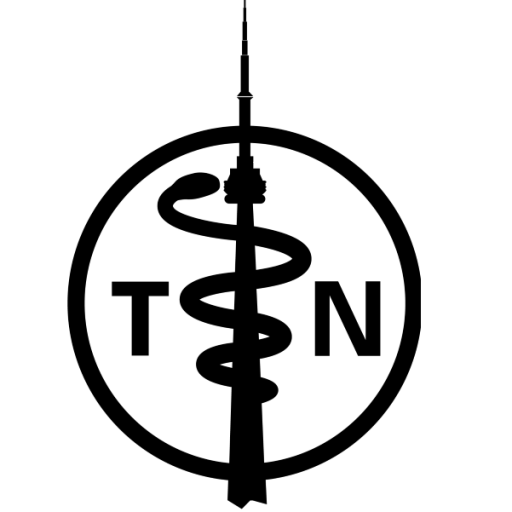You are seeing Ms. Davis, a 32 year old woman, in your ambulatory clinic today. She states that she has had a worsening headache over the last week. Take a focused history of this complaint. Then, examine all cranial nerves except for I, II, & VIII.
History
- Onset and duration of headache
- Location of headache, unilateral vs. bilateral (entire head, bilateral)
- Severity
- Frequency
- Radiation
- Quality of headache (dull, diffuse)
- Alleviating factors
- Triggers for the headache/aggravating factors
- Temporal association (headache not worse in mornings)
- Association with nausea/vomiting
- Vision changes before or during headache
- New sensory symptoms: weakness, numbness, tingling in upper or lower extremities
- Photophobia/phonophobia
- Association with menstrual cycle
- Systemic symptoms – weight loss, low energy, anorexia
- Fever and neck stiffness
- Personal history of head trauma
- Personal history of migraines
- Family history of migraines
- Effect on daily activities
- Use of oral contraceptive pills
- Caffeine intake
- Smoking and alcohol history
Physical Examination
CN III, IV, & VI
- Assesses all six cardinal movements of the extra ocular muscles
- Asks patients about diplopia in all directions of gaze
- Comments on absence of nystagmus
- Comments on absence of ptosis
CN V
- Examines for light touch in all three nerve divisions (forehead, cheek, chin)
- Palpates masseter and temporalis muscles and comments on bulk
- Tests masseter muscle power by opposing jaw opening
- Tests right and left pterygoids muscle power by opposing lateral jaw movement
- States that the corneal reflex should be tested and explains the procedure
CN VII
- Raise eyebrows
- Tightly clench eyes (and tries to open them)
- Puff cheeks (and tries to deflate them)
- Show the lower teeth only
- Comments on the presence/absence of facial asymmetry/droop
CN IX & X
- Assesses palatal elevation
- Assesses gag reflex with tongue depressor
- Asks patient to swallow
- Tests phonation
- States that taste on the posterior 1/3 of the tongue should be tested, and describes how
CN XI
- Assesses power of both sternoclediomastoid muscles
- Assesses power of both trapezius muscles
CN XII
- Examines the tongue for fasciculations
- Asks patient to protrude tongue, examines for deviation
- Assesses power of tongue in lateral plane
